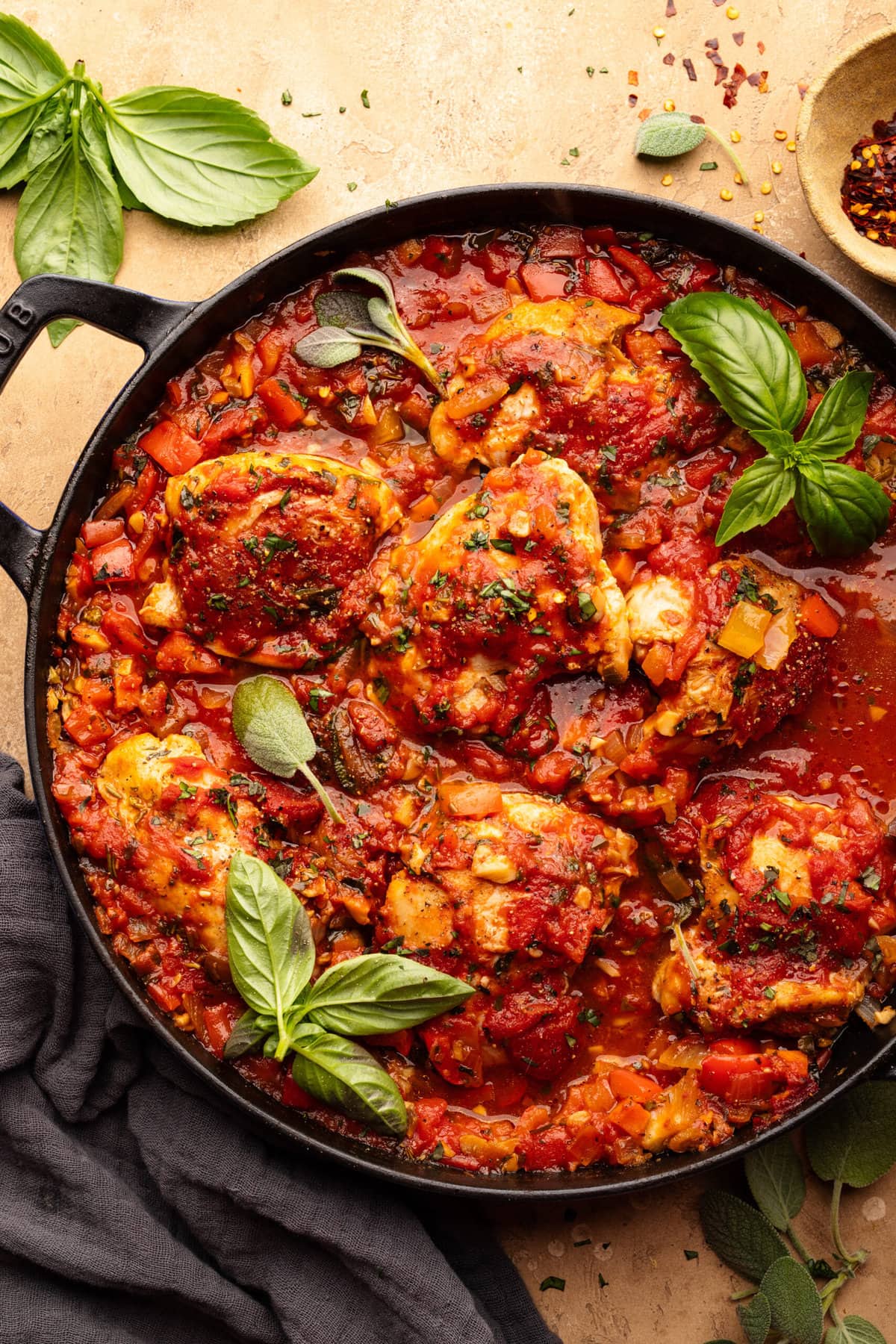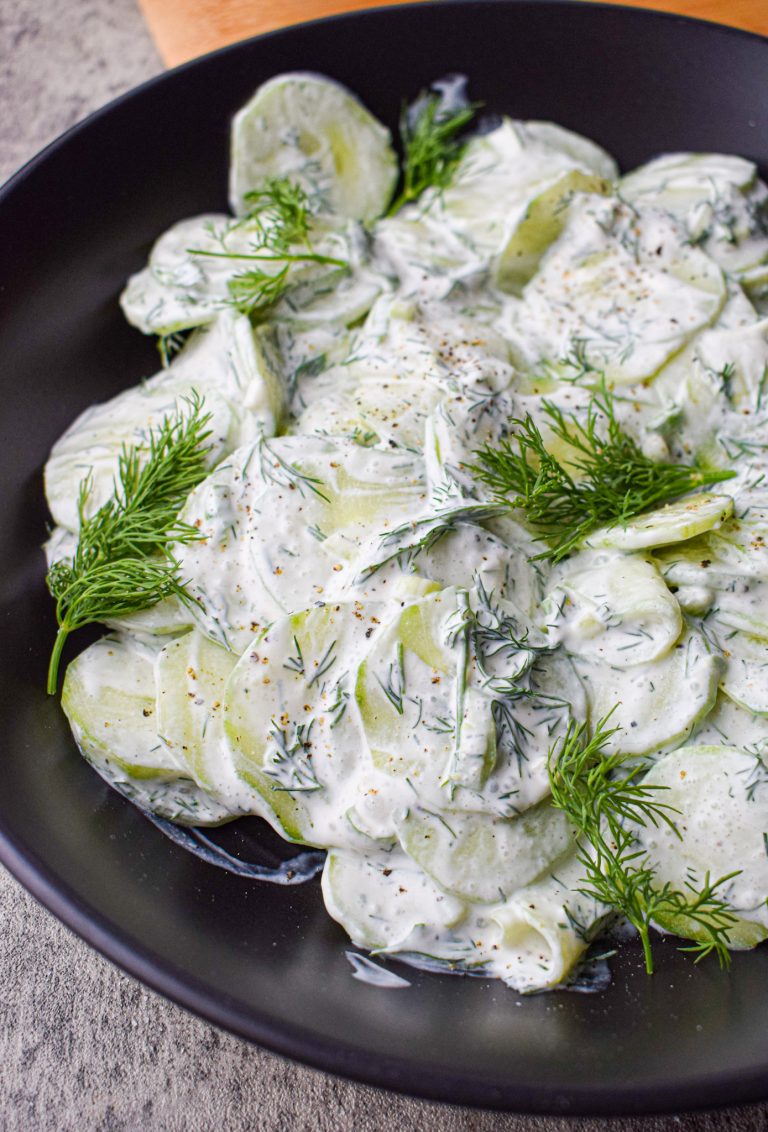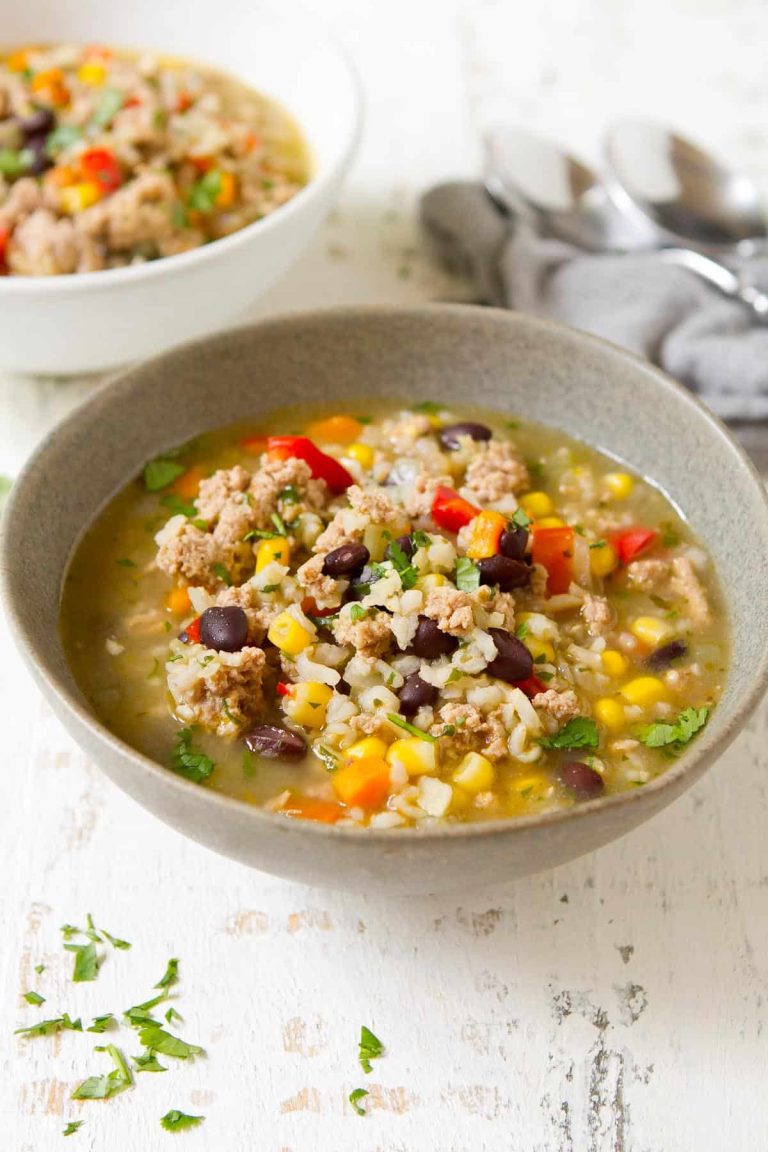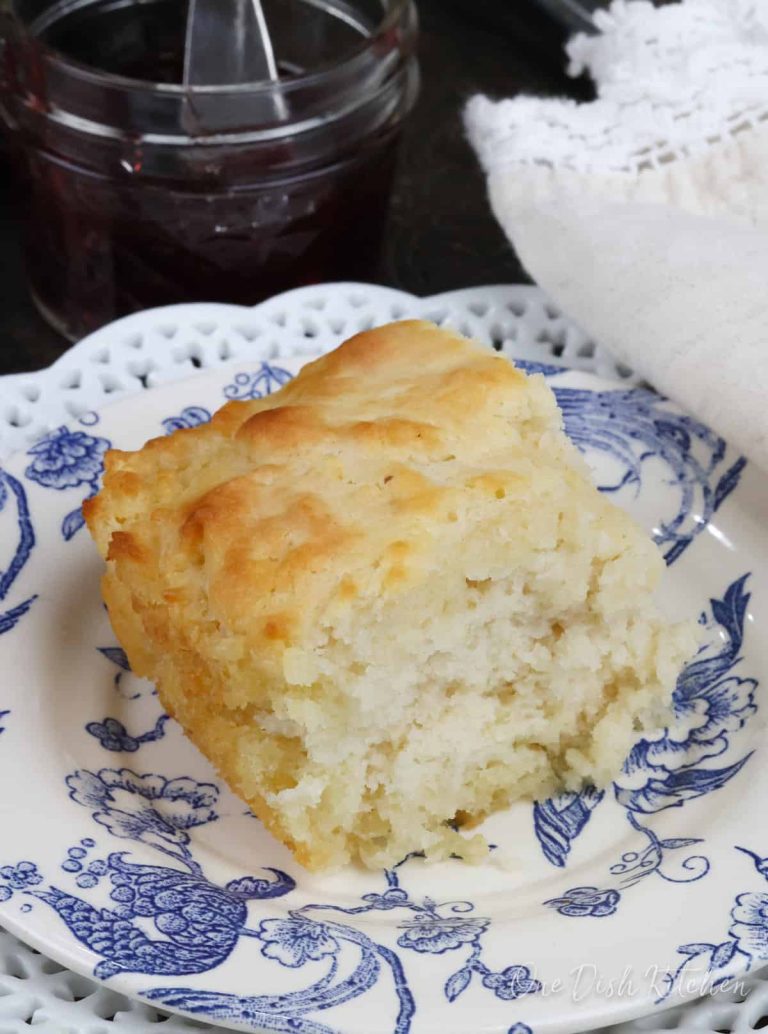Hunter Style Chicken Cacciatore: Ingredients, Recipes, and Wine Pairings
Hunter Style Chicken Cacciatore, or “pollo alla cacciatora,” traces its origins to rural Italy. Cacciatore, meaning “hunter” in Italian, reflects a peasant dish traditionally prepared by hunters. They cooked wild game like rabbit or pheasant using locally sourced ingredients. Tomatoes, onions, mushrooms, and herbs would flavor the dish, creating a hearty meal suited for those long days outdoors. This hunter’s stew became a staple, capturing the essence of Italy’s rustic culinary heritage.
Evolution into a Classic Dish
Over time, Chicken Cacciatore has evolved from its humble beginnings into a beloved classic. Initially, hunters used whatever they had on hand, often varying widely based on regional ingredients. As the dish spread, chicken became the preferred protein due to its broad availability. By incorporating bell peppers and wine, regional variations began to emerge, enriching the recipe’s complexity. Today, with standardized recipes, Chicken Cacciatore graces tables worldwide, celebrated for its flavorful, one-pot convenience, bringing a taste of Italian tradition to modern kitchens.
Key Ingredients and Substitutions
Essential Ingredients for Authentic Flavor
Hunter Style Chicken Cacciatore depends on precise ingredients to capture its authentic Italian essence. Use bone-in, skin-on chicken for maximum flavor; thighs and drumsticks are ideal. Include these key ingredients:
- Tomatoes: Choose canned crushed tomatoes or fresh Roma tomatoes for the sauce.
- Bell Peppers: Red and green bell peppers deliver sweetness and color.
- Onions: Yellow onions caramelize beautifully, enhancing the dish.
- Garlic: Fresh garlic cloves add depth and aroma.
- Herbs: Use dried oregano and fresh basil for traditional flavors.
- Olives: Kalamata olives or green olives introduce a briny note.
- Wine: Red or white wine adds richness; Chianti is a popular choice.
- Chicken Broth: Adds moisture and enhances the flavor.
- Mushrooms: Baby bella or cremini mushrooms contribute earthiness.
Creative Substitutions for Dietary Needs
Modify Hunter Style Chicken Cacciatore to fit various dietary preferences without sacrificing flavor. For a lighter option, use boneless, skinless chicken breasts. Consider these substitutions:
- Vegetarian/Vegan: Swap chicken with firm tofu or seitan. Use vegetable broth and exclude wine.
- Gluten-Free: Ensure chicken broth and canned tomatoes are gluten-free. Most fresh ingredients are naturally gluten-free.
- Low-Sodium: Choose low-sodium broth and olives, then adjust seasoning.
- Wine Substitute: Replace wine with additional chicken broth or a splash of balsamic vinegar.
- Low-Carb: Focus on fresh vegetables and omit high-carb sides such as pasta or bread.
By adhering to these key ingredients and understanding possible substitutions, you can enjoy a versatile and flavorful Chicken Cacciatore suited to your needs.
Cooking Techniques and Tips
Browning the Chicken
Browning the chicken adds rich flavor to your Hunter Style Chicken Cacciatore. Heat a large skillet over medium-high heat. Coat the pan with a tablespoon of olive oil. Place the chicken pieces in the pan, skin-side down if using skin-on chicken, and cook for 5-7 minutes until the skin is golden brown. Flip and cook the other side for another 3-4 minutes. Remove the chicken and set it aside while you prepare the vegetables. This process also creates flavorful drippings in the pan, ideal for sautéing onions, garlic, and other ingredients.
Simmering to Perfection
Simmering ensures all ingredients meld together for a deeply flavored dish. After sautéing the vegetables and deglazing the pan with wine or broth, return the browned chicken to the pan. Add tomatoes, bell peppers, and any other desired ingredients. Lower the heat to a gentle simmer. Cover the pan and cook for 45-60 minutes or until the chicken is tender and cooked through. Stir occasionally to prevent sticking and ensure even cooking. Adjust seasoning by the end of cooking, tasting for salt, pepper, and herbs.
Serving Suggestions for Chicken Cacciatore
Ideal Side Dishes
Serve Chicken Cacciatore with side dishes that complement its rich, savory flavors. Polenta provides a creamy base that soaks up the sauce. A simple plate of pasta, such as fettuccine or spaghetti, pairs well and absorbs the dish’s deep flavors. Rice, especially arborio or jasmine, offers a versatile and filling option.
For a lighter side, consider a mixed green salad. A tart lemon vinaigrette balances the hearty main course. Roasted vegetables, including zucchini, eggplant, and bell peppers, add a nutritious and colorful element. Garlic bread, with its crispy texture, also pairs harmoniously with the tender chicken and sauce.
Wine Pairings
Select wines that enhance the robust flavors of Chicken Cacciatore. A Chianti, with its medium-body and balanced acidity, complements the dish well. Sangiovese, with its cherry and earthy notes, highlights the tomato-based sauce. For white wine options, a Pinot Grigio, with its crisp and refreshing profile, contrasts the hearty dish.
For an elevated dining experience, consider a Barbera. Its vibrant acidity and lighter tannins pair well with the herbs and tomatoes in Chicken Cacciatore. Zinfandel, known for its bold flavors, amplifies the dish’s depth. Each wine pairing offers a unique way to savor the complexity of Hunter Style Chicken Cacciatore.
Conclusion
Hunter Style Chicken Cacciatore is a timeless dish that brings together rich flavors and hearty ingredients. By mastering the art of browning and simmering, you can create an authentic meal that’s both comforting and impressive. Pair it with your favorite sides and a well-chosen wine to elevate your dining experience. Whether you’re cooking for family or hosting a dinner party, this classic Italian recipe is sure to delight and satisfy. Enjoy the journey of making and savoring this beloved dish.






